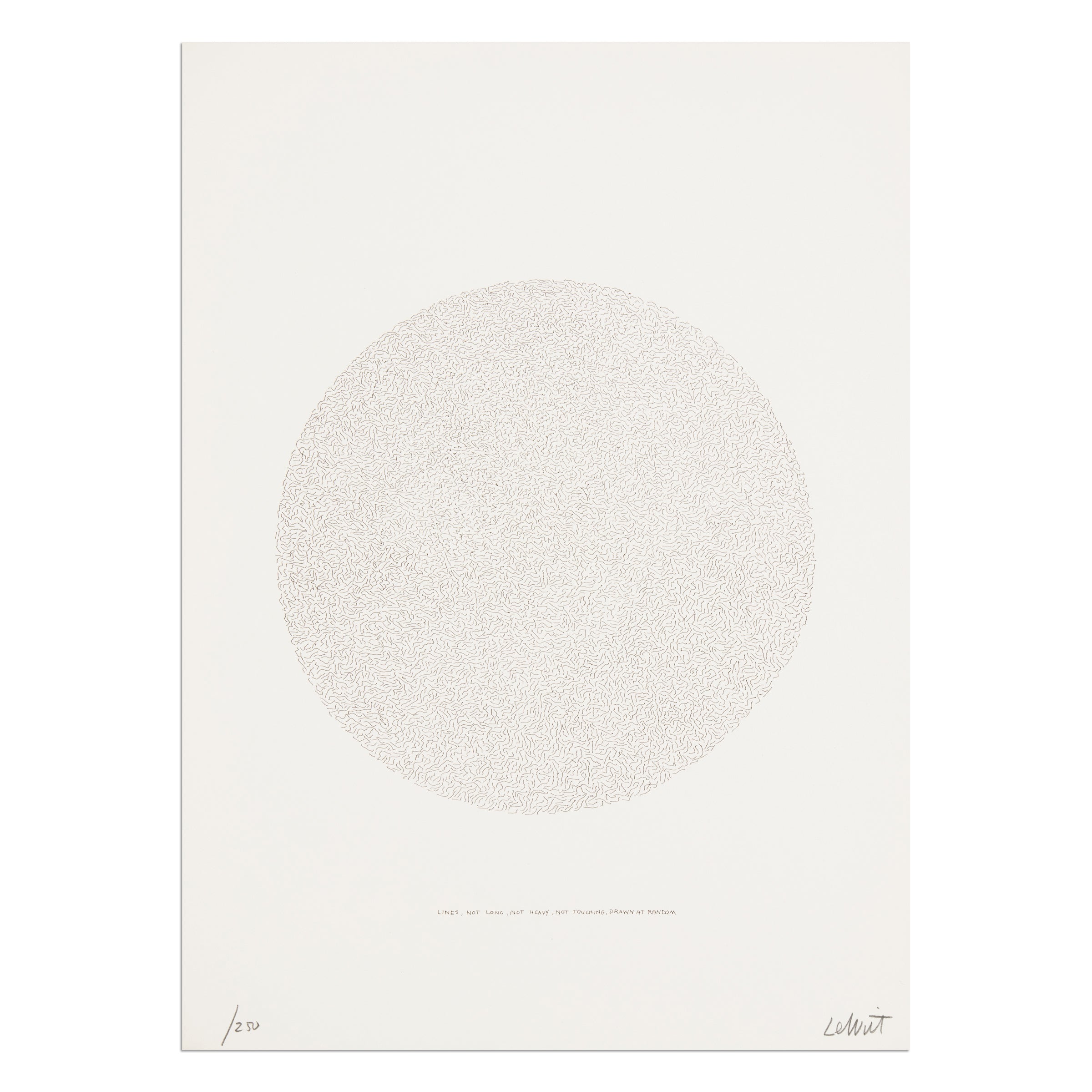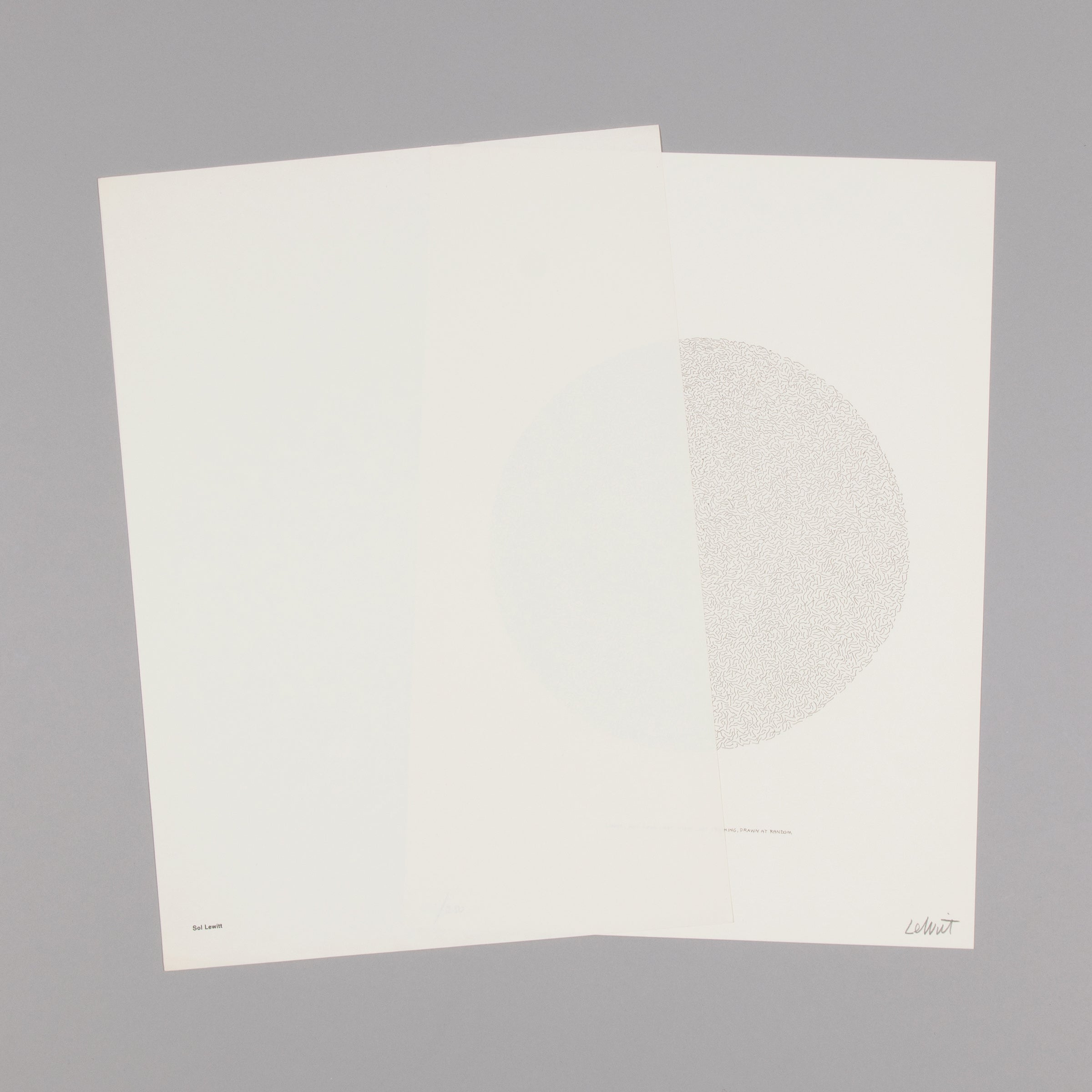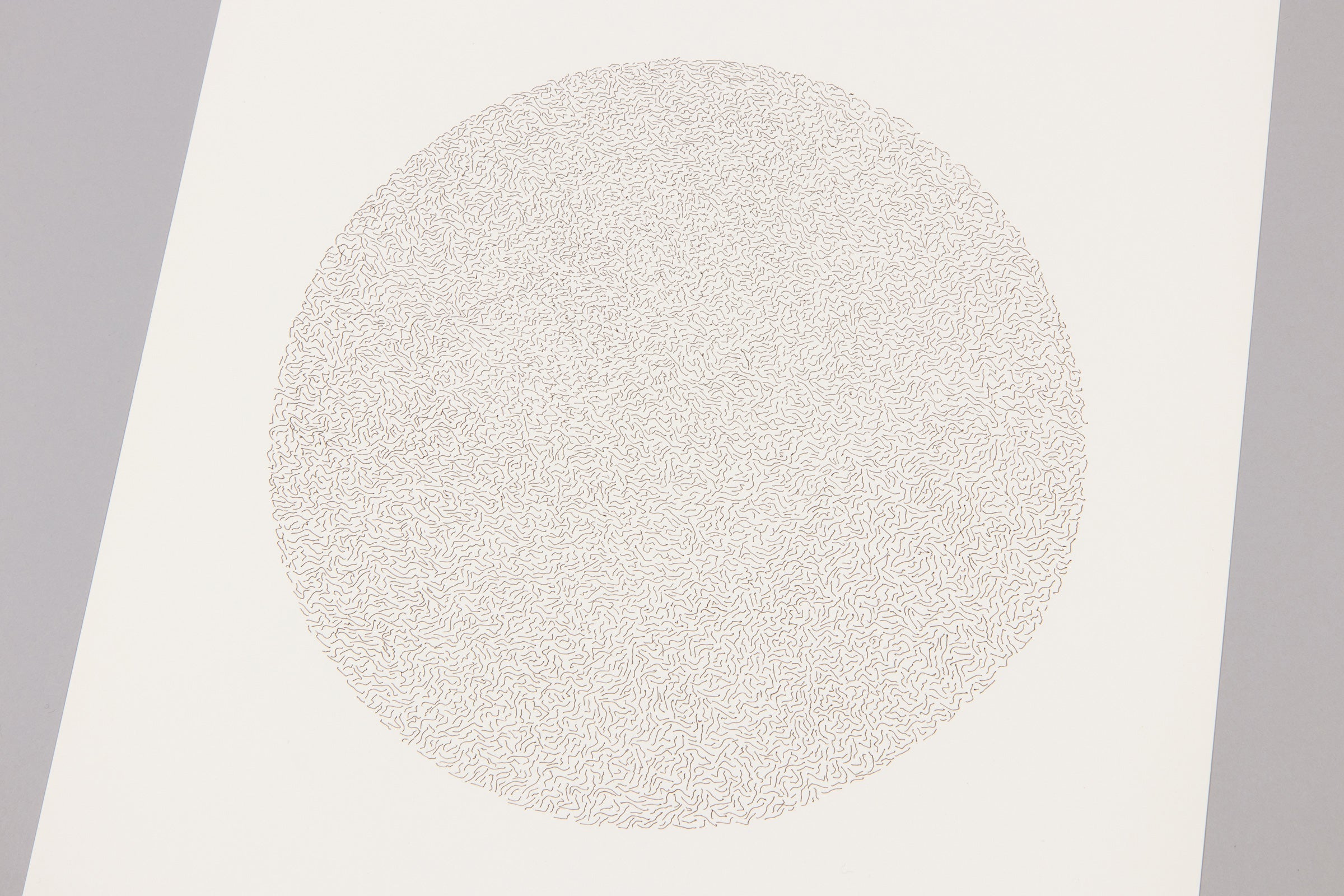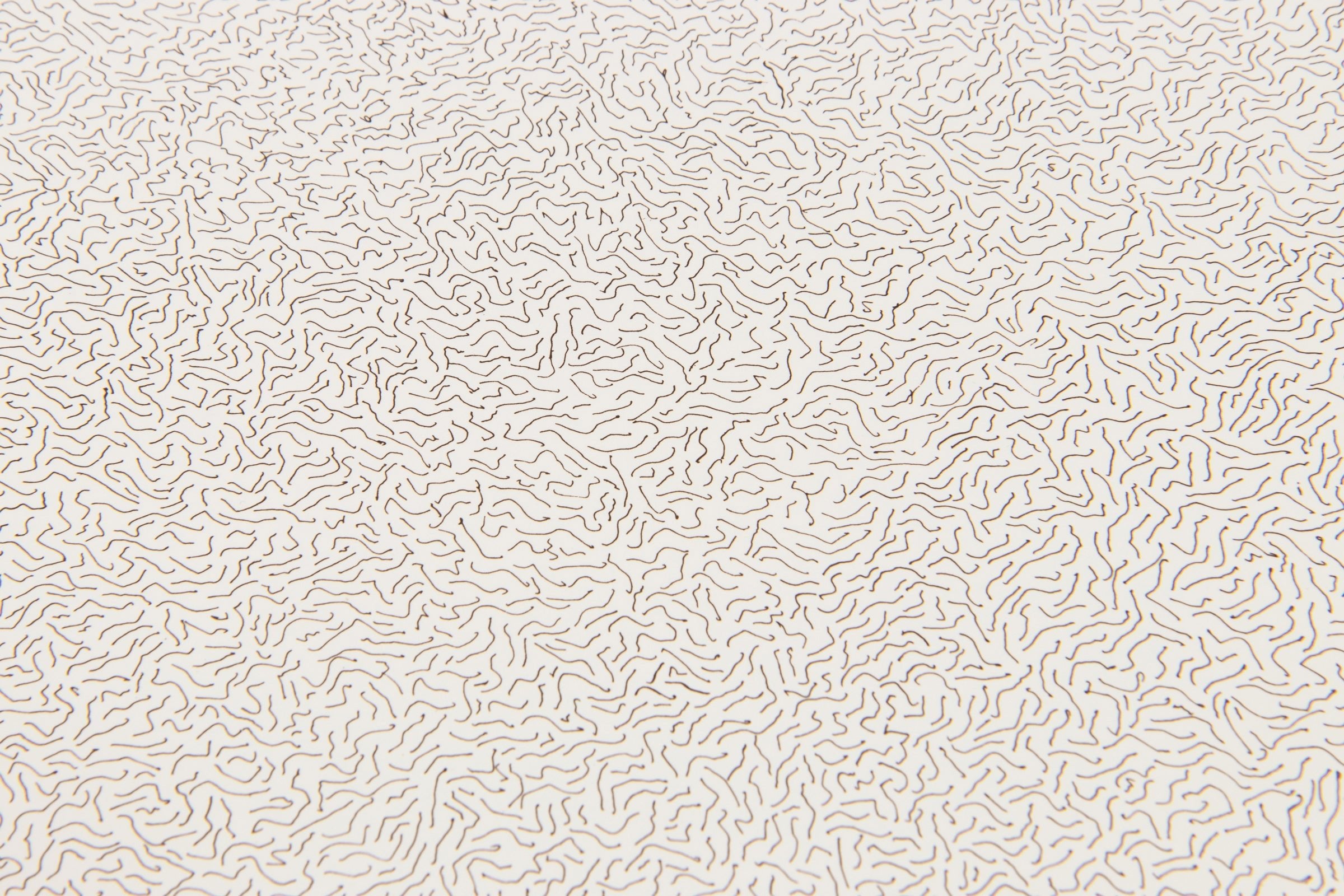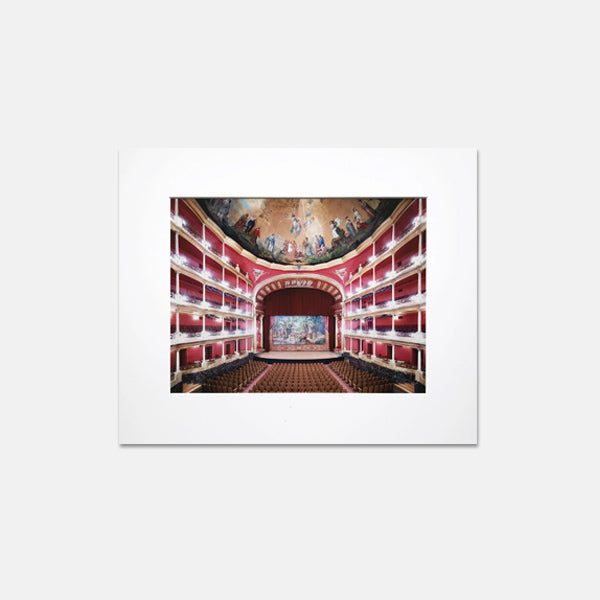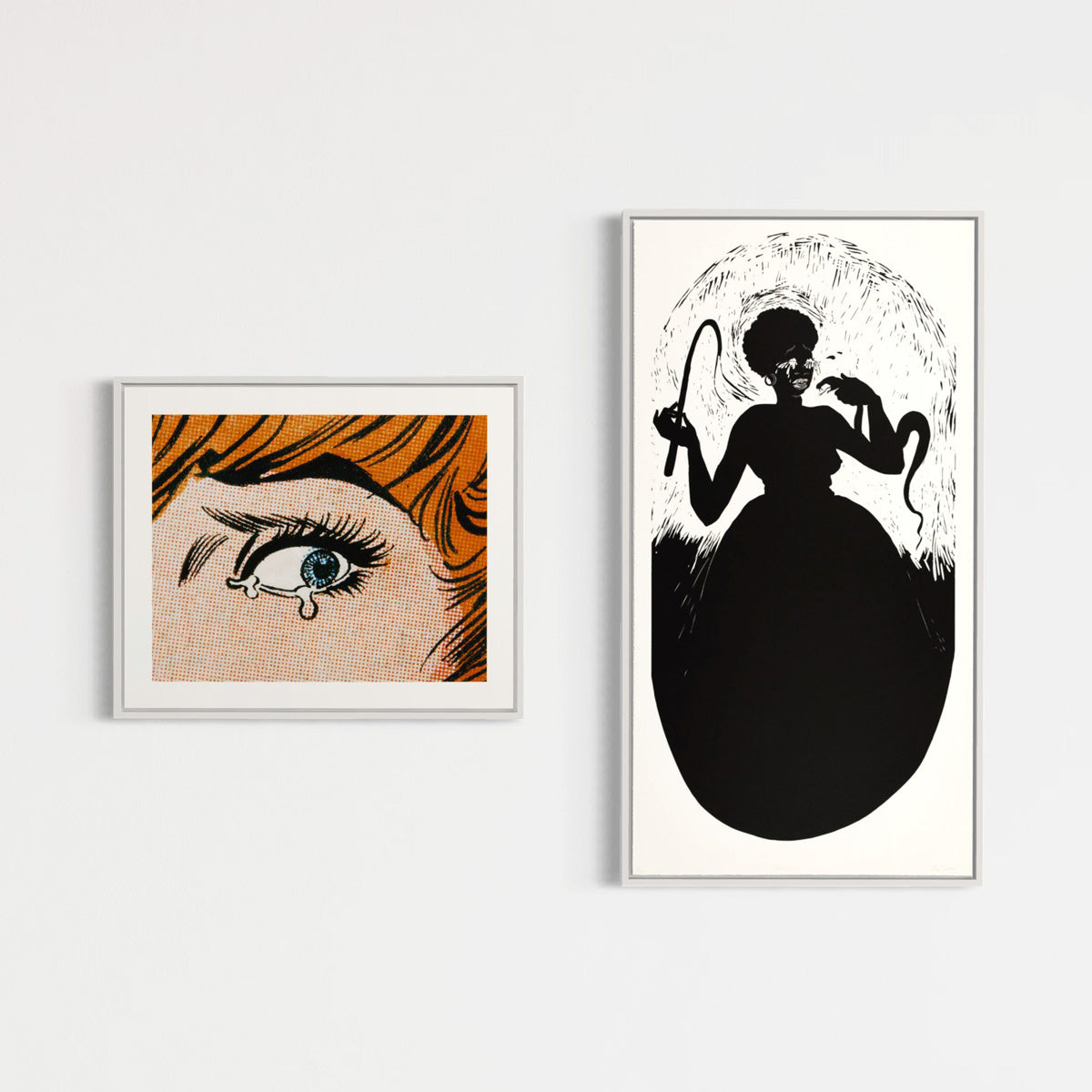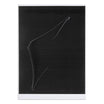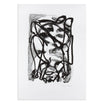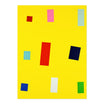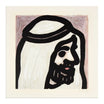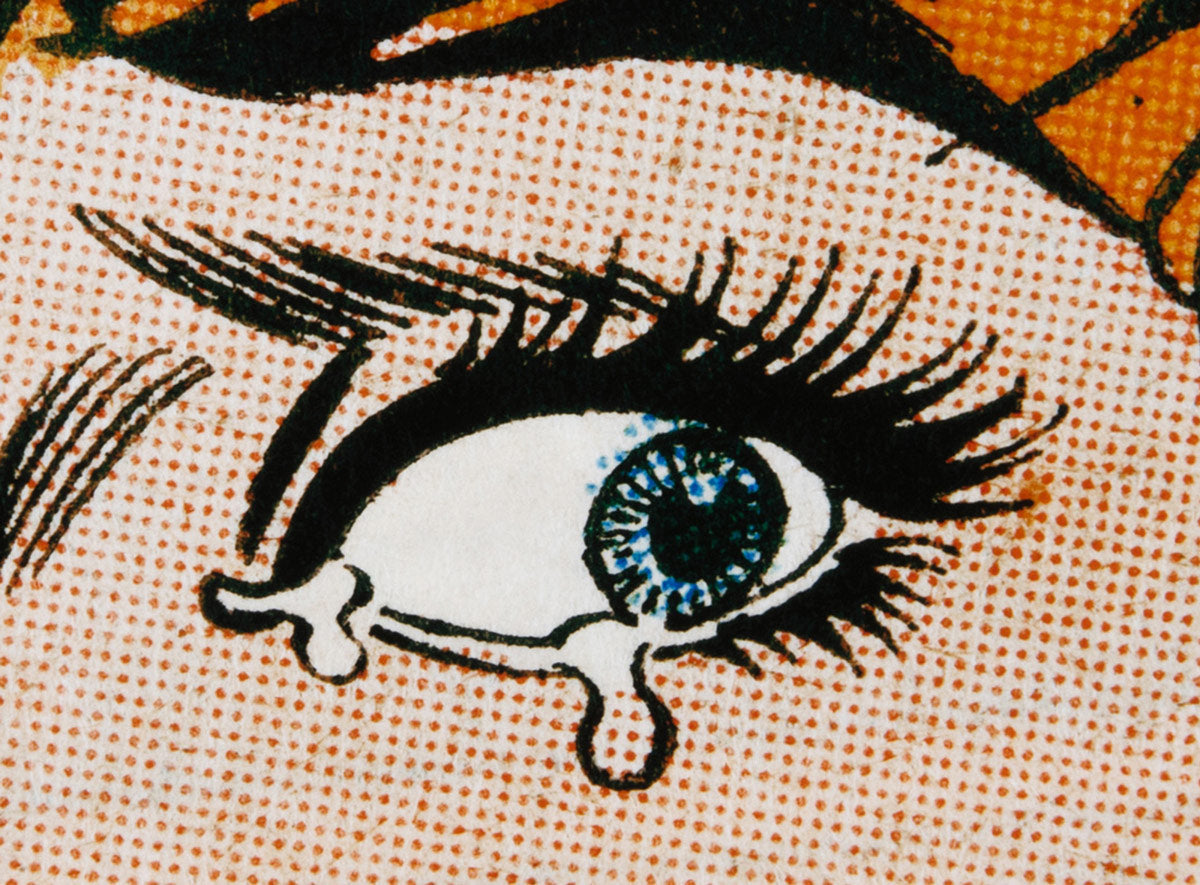Sol LeWitt, born in 1928 in Hartford, Connecticut, was a pioneering figure in the development of Conceptual Art and Minimalism. Throughout the 1960s, he spearheaded a radical aesthetic movement that starkly contrasted the emotionally charged Abstract Expressionism of the 1950s. LeWitt emphasized the primacy of the idea behind his artwork, advocating that the concept dictates the art's form, rather than its aesthetic or material outcome. In his influential 1967 essay, Paragraphs on Conceptual Art, Sol LeWitt famously declared, "The idea becomes a machine that makes the art," underscoring his belief that all planning and decisions should precede the artwork's execution, which he considered a perfunctory affair. LeWitt's artworks, including his limited edition prints, paintings, and sculptures, are celebrated for their abstract artistry and adherence to Minimalism, focusing on simplicity and the use of basic shapes and colors. His work explores the relationship between simple geometric forms and their variations, creating complex visual patterns through repetition and arrangement. These geometric artworks often manifest as large-scale installations, enabling Sol LeWitt to challenge traditional notions of art production and to redefine it through the lens of Conceptual Art. His legacy continues to influence new generations of artists, making his prints, paintings and sculptures a cornerstone in the study of 'idea' and 'concept' art. Major retrospectives of LeWitt's unique artworks and editions have been held at prestigious institutions such as the Museum of Modern Art in New York (1978), the San Francisco Museum of Modern Art (2000) and the Massachusetts Museum of Contemporary Art (2008), affirming his critical role in reshaping contemporary art. Sol LeWitt passed away in 2007 in New York, leaving behind a profound impact on how art is perceived and created.
